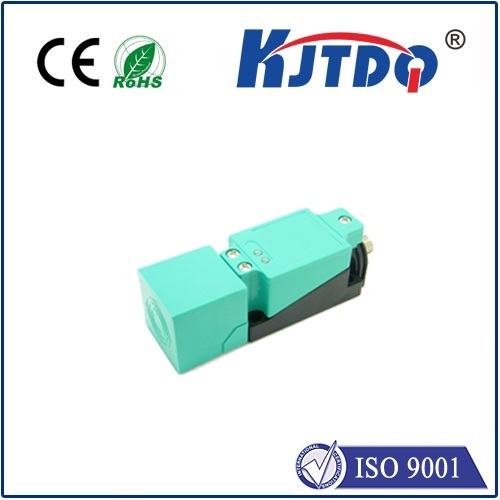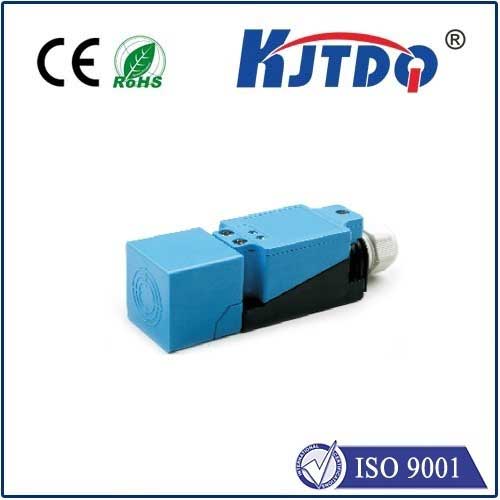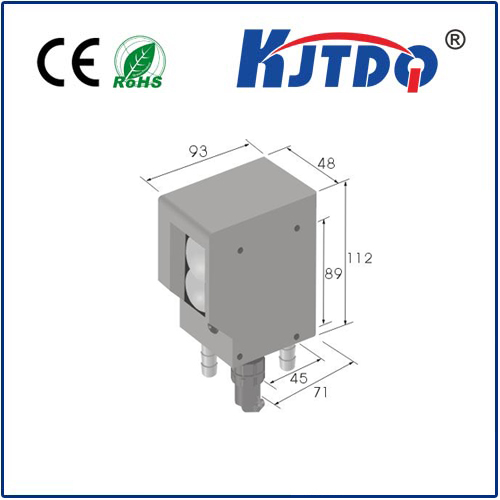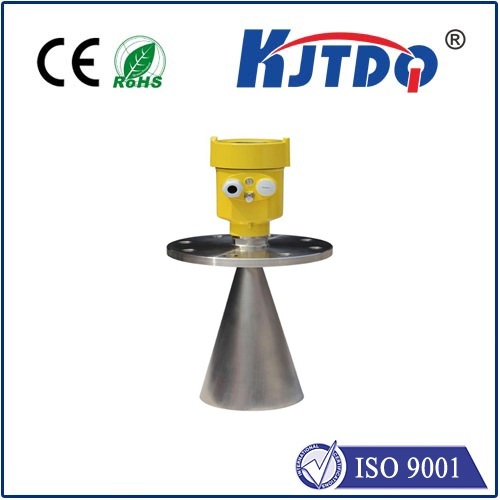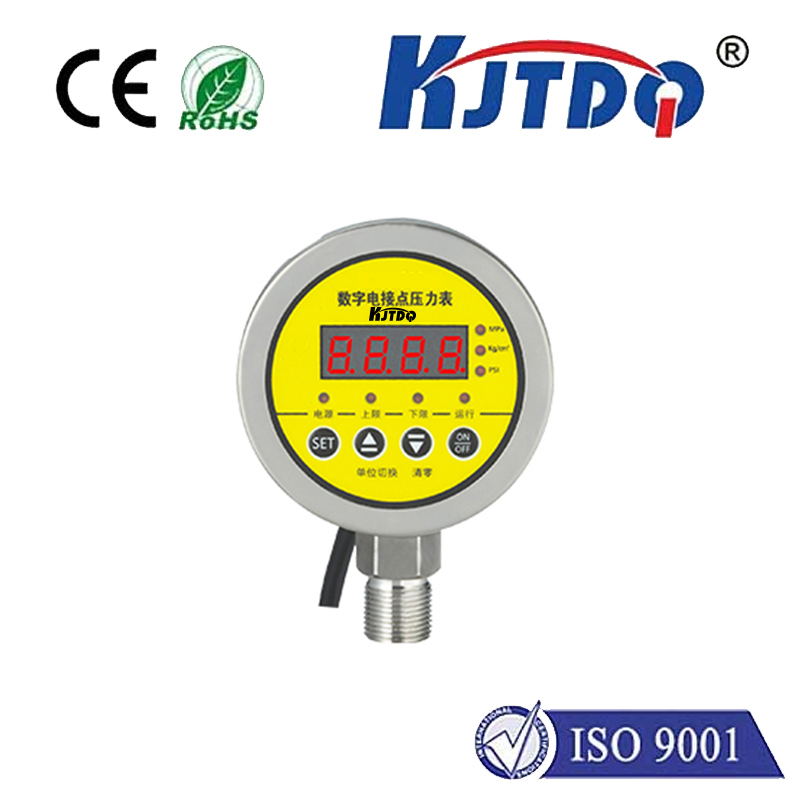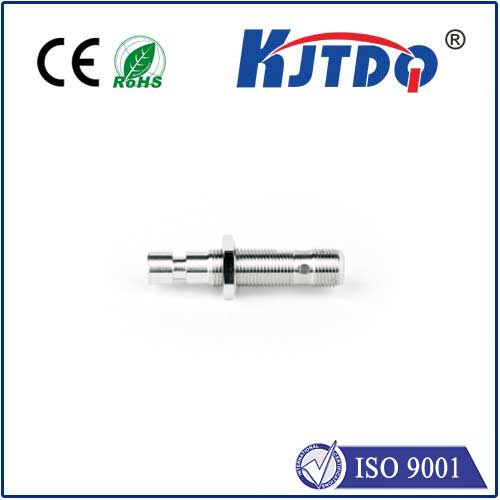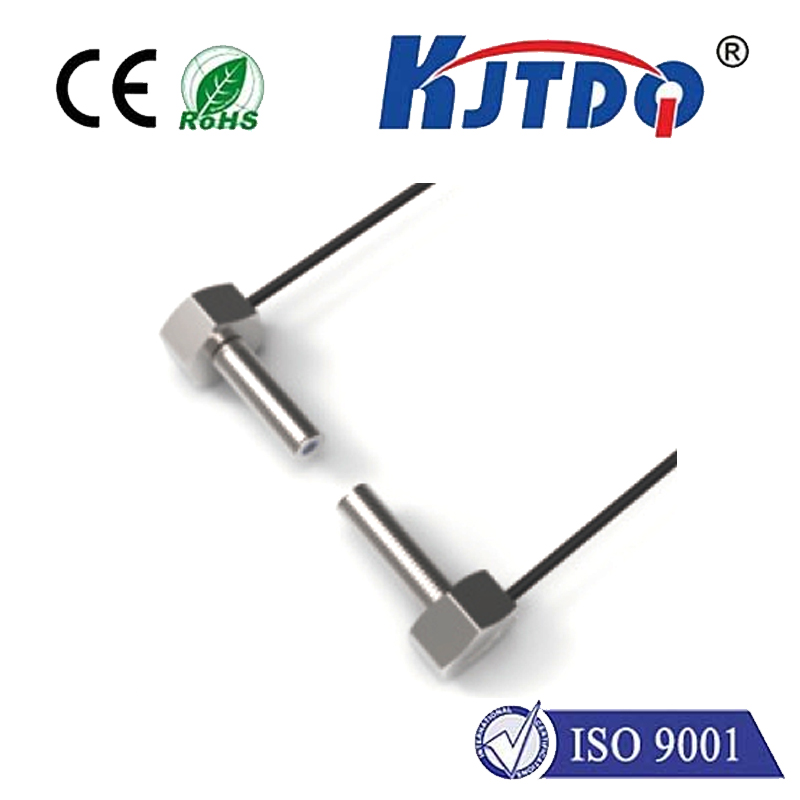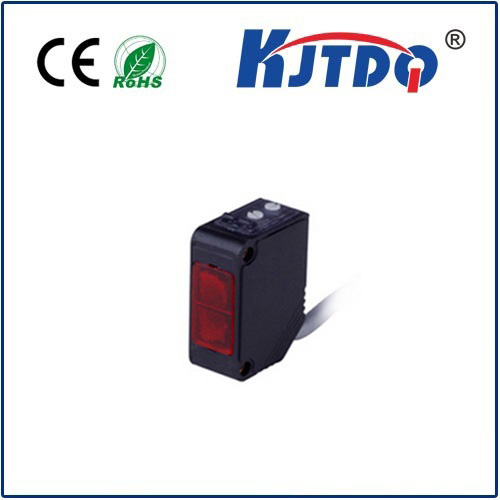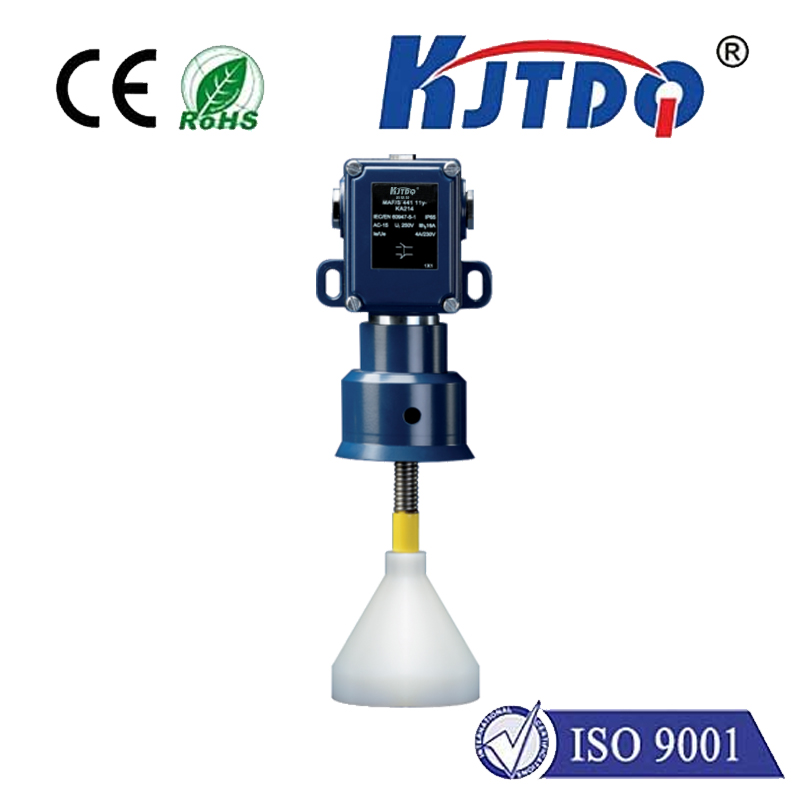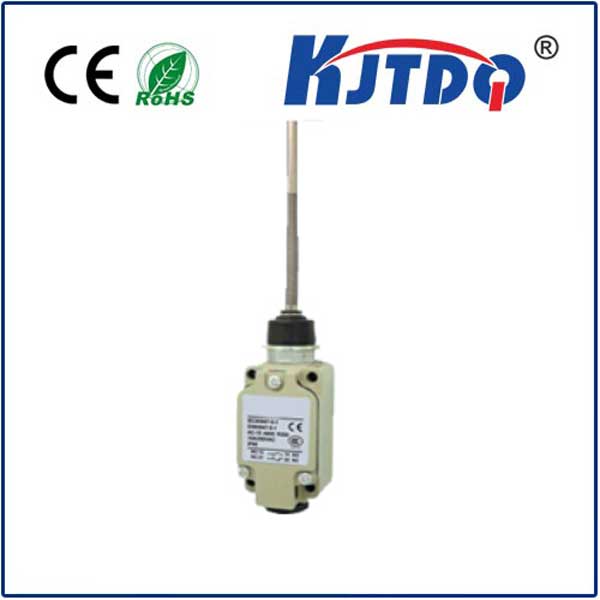Датчик расстояния vcsel
- time:2025-08-27 13:12:02
- Нажмите:0
VCSEL Distance Sensors: The Compact Powerhouse Redefining Precision Measurement
Forget clunky rulers or unreliable ultrasonic pings. The modern world demands pinpoint accuracy, speed, and miniaturization in measuring distance. Enter VCSEL Distance Sensors, a technological marvel quietly revolutionizing everything from your smartphone’s face unlock to the navigation of autonomous robots. Built around Vertical Cavity Surface Emitting Lasers (VCSELs), these sensors offer a unique blend of performance and practicality that older technologies struggle to match.
What Makes VCSEL Technology So Special?
Unlike traditional edge-emitting lasers that shoot light from the side of the semiconductor chip, VCSELs emit their coherent light vertically from the chip’s surface. This fundamental design difference unlocks several critical advantages:
- Miniaturization: VCSELs are incredibly compact, allowing them to be integrated into space-constrained devices like smartphones, earbuds, and wearables. Arrays of VCSELs can be fabricated densely on a single chip, creating powerful yet tiny light sources.
- High Efficiency & Low Power: VCSELs operate at significantly lower currents and voltages compared to many other laser types. This translates directly into improved battery life for portable devices and lower operational costs in industrial settings – a major factor driving their widespread adoption in consumer electronics.
- Beam Quality & Symmetry: Their vertical emission path produces a naturally circular, low-divergence beam. This high-quality beam is crucial for achieving precise focusing and accurate distance measurements, especially over short to medium ranges.
- Speed & Modulation: VCSELs can be switched on and off (modulated) at extremely high speeds – think billions of times per second (GHz range). This rapid pulsing capability is essential for advanced time-of-flight (ToF) distance measurement techniques.
- Reliability & Manufacturing: The manufacturing process for VCSELs shares similarities with standard semiconductor processes, enabling high-volume, cost-effective production with excellent reliability and longevity.
How Do VCSEL Distance Sensors Actually Measure?

Most high-performance VCSEL distance sensors rely on Time-of-Flight (ToF) principles. Here’s the simplified breakdown:
- The Pulse: The integrated VCSEL emits an incredibly short, intense pulse of infrared (IR) laser light, often invisible to the human eye. (The speed and precision of this pulse generation are key to the sensor’s accuracy.)
- The Journey: This light pulse travels through the air towards the target object.
- The Reflection: The pulse hits the target and reflects back towards the sensor.
- The Capture: A highly sensitive photodetector (like a Single-Photon Avalanche Diode - SPAD array) on the sensor chip captures the returning light pulse.
- The Calculation: Sophisticated circuitry measures the exact time difference (Δt) between emitting the pulse and detecting its return. Since the speed of light © is a constant (~3x10⁸ m/s), the distance (d) to the object is calculated using the simple formula:
d = (c * Δt) / 2
(The division by 2 accounts for the light traveling to the object and back).
Direct ToF measures this time difference directly per pulse. Indirect ToF (iToF) typically modulates the VCSEL light continuously and measures the phase shift between the emitted and reflected signal to calculate distance. Both methods leverage the exceptional speed and modulation characteristics of the VCSEL.
Why Choose VCSEL Sensors Over Other Options?
- vs. LEDs: Traditional Infrared LEDs are cheaper but lack coherence and struggle with high-speed modulation. This results in lower accuracy, shorter range capability, higher power consumption for comparable brightness, and susceptibility to ambient light interference. VCSELs provide superior brightness, modulation speed, directionality, and measurement accuracy.
- vs. Edge-Emitting Lasers: While powerful, these lasers are bulkier, more complex to package (often requiring external optics for beam shaping), generally consume more power, and are harder to integrate into 2D arrays. VCSELs offer inherent compactness, lower power demand, simpler integration, and a naturally superior beam profile for many sensing applications.
Where Are VCSEL Distance Sensors Making an Impact?
The unique advantages of VCSEL technology have propelled these sensors into a vast array of cutting-edge applications:
- Consumer Electronics: This is arguably the most visible domain.
- Smartphone Face ID & Proximity Sensing: Apple popularized the use of structured light and ToF systems built around VCSEL dot projectors for secure facial recognition. They also handle screen on/off proximity detection with high reliability.
- Augmented Reality (AR): Mapping the real-world environment in 3D for realistic object placement and occlusion requires precise spatial awareness provided by VCSEL-based depth sensors.
- Gesture Control: Enabling touchless interaction with devices.
- Camera Autofocus: Improving speed and accuracy, especially in low-light conditions, for both photos and videos.
- Laptops & Tablets: User presence detection, security features.
- Robotics (Vacuum, Lawn Mowers): Essential for navigation, obstacle avoidance, and room mapping.
- Automotive: A critical enabler for next-generation vehicles.
- LiDAR (Light Detection and Ranging): VCSEL arrays are becoming the preferred light source for solid-state LiDAR systems used in Advanced Driver Assistance Systems (ADAS) and autonomous driving. Their ability to create high-resolution point clouds quickly and reliably is vital for object detection and path planning.
- In-Cabin Monitoring: Driver drowsiness detection, passenger presence/position for airbag deployment, gesture control for infotainment.
- Industrial Automation & Logistics:
- Object Detection & Positioning: On assembly lines, in warehouses (forklift guidance).
- Level Monitoring: Measuring fill levels in tanks or containers.
- Collision Avoidance: For autonomous guided vehicles (AGVs) and mobile robots.
- Dimensioning: Measuring package sizes for logistics and shipping.
- Process Control: Ensuring precise positioning in manufacturing.
- Robotics (Beyond Consumer): Industrial robots, collaborative robots (cobots), and drones rely on VCSEL sensors for perception, navigation, and safe interaction within dynamic environments.
The Future is Bright (and Precise)
VCSEL distance sensor technology is far from static. Key trends driving future development include:
- Higher Power & Longer Range: Ongoing research focuses on increasing VCSEL output power efficiently, enabling longer-distance measurements relevant for automotive LiDAR and industrial sensing.
- Increased Resolution & Smaller Pixels: Developing denser VCSEL arrays and more sophisticated SPAD detectors will yield higher-resolution depth maps.
- Multi-Wavelength & Sensing Fusion: Integrating VCSELs emitting at different wavelengths or combining VCSEL data with other sensors (cameras, IMUs) for richer environmental perception and robustness.
- Lower Cost & Wider Integration: Continued manufacturing efficiencies will make this powerful technology accessible in even more applications and embedded systems.
In Conclusion: The Measure of Modern Sensing
VCSEL distance sensors represent a powerful convergence of optical physics and semiconductor engineering. Their compact size, energy efficiency, high-speed operation, and excellent beam quality make them uniquely suited to meet the demanding requirements of modern sensing applications across countless industries. From unlocking your phone to navigating the most complex warehouse floor or enabling the safe operation of autonomous vehicles, the pinpoint accuracy delivered by VCSEL

